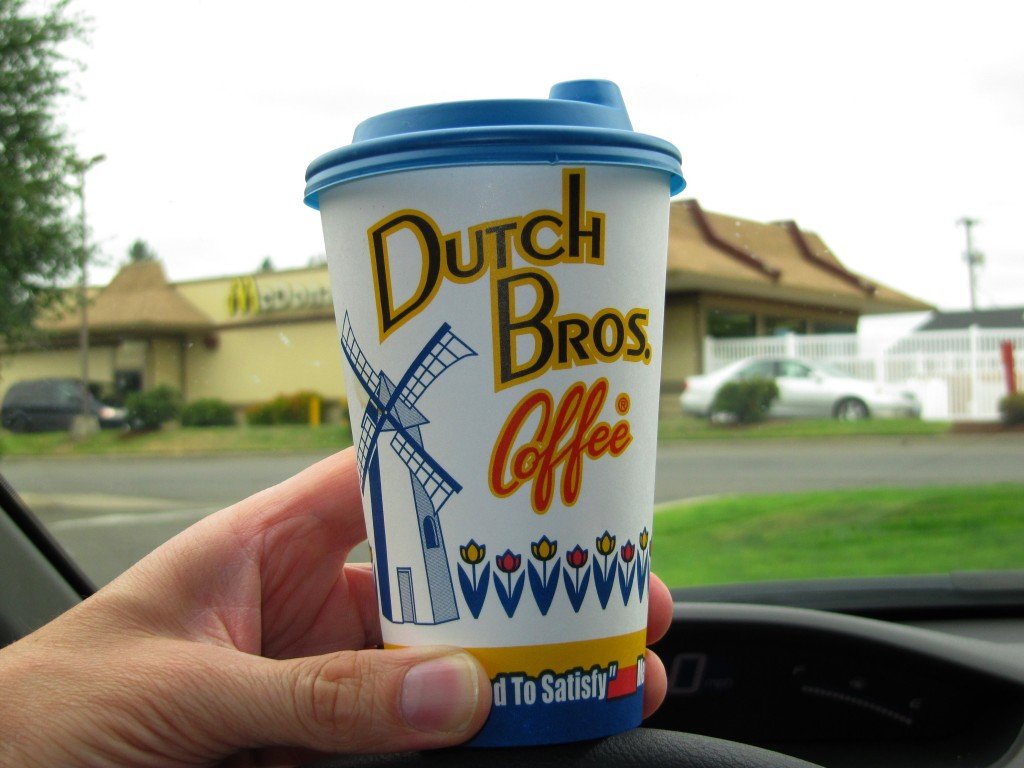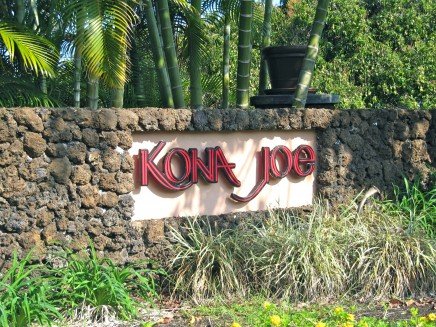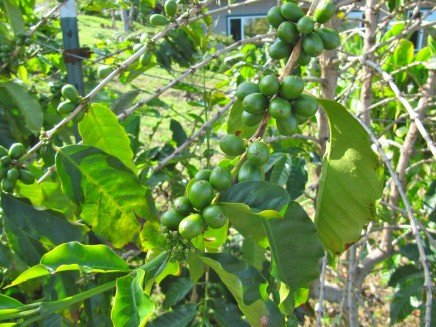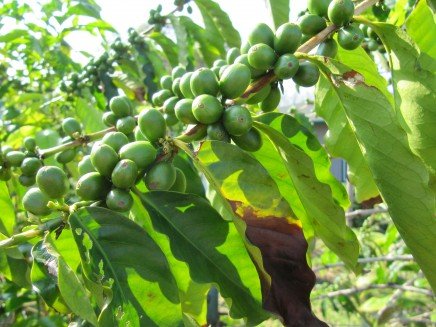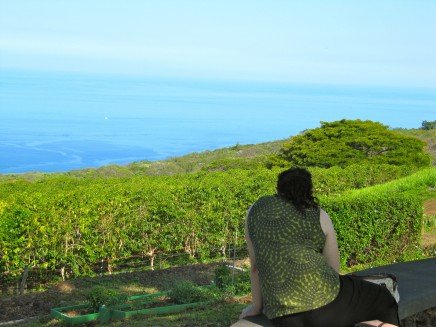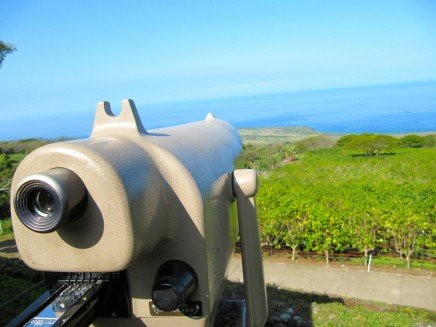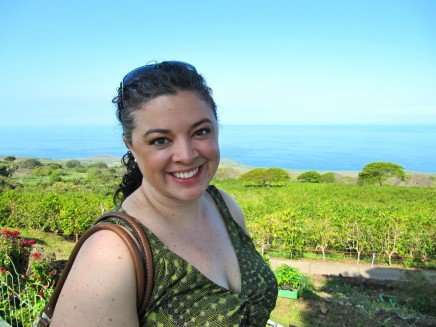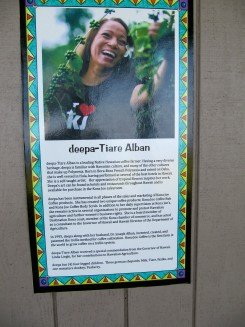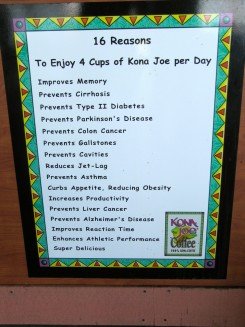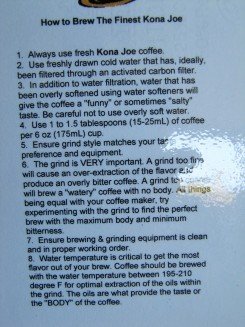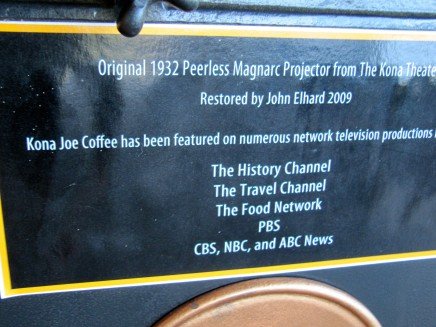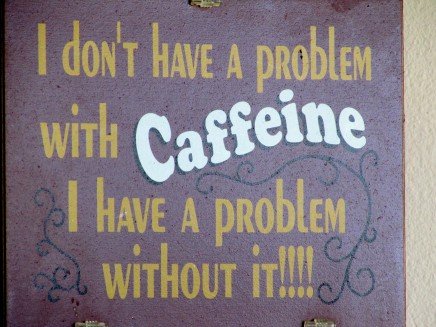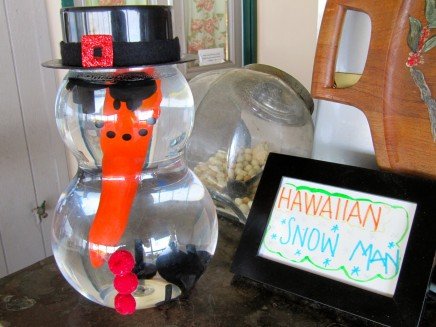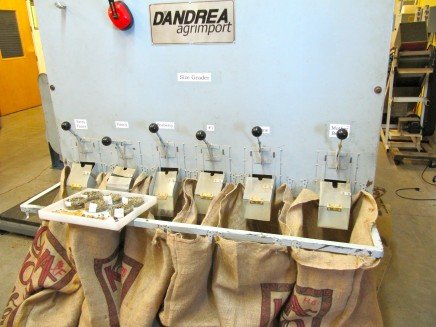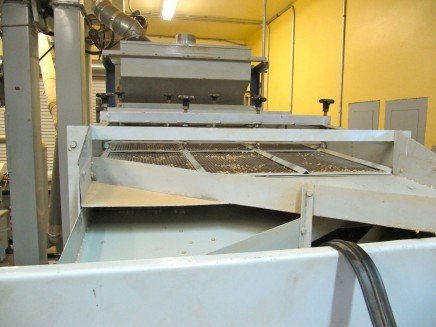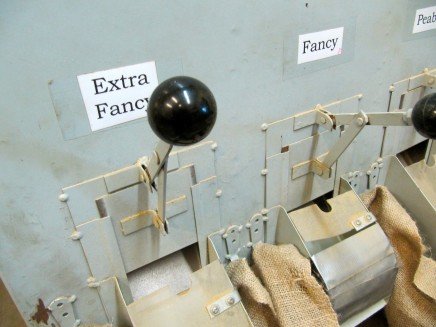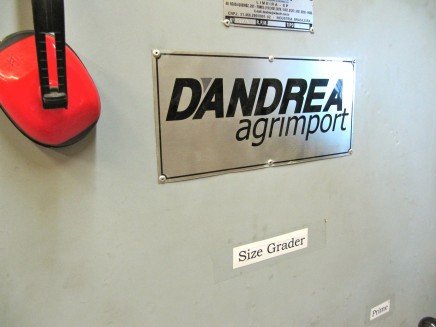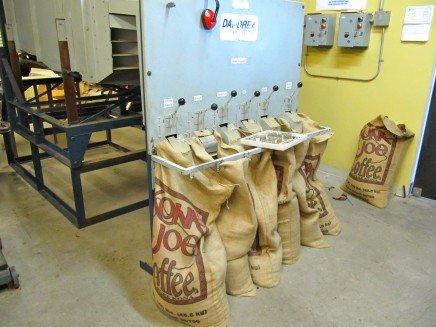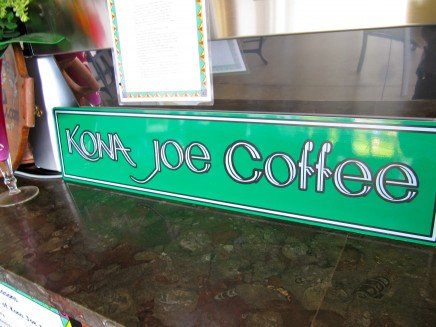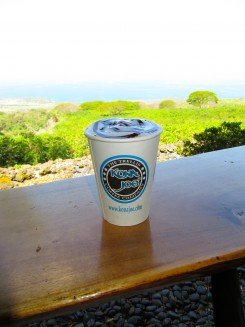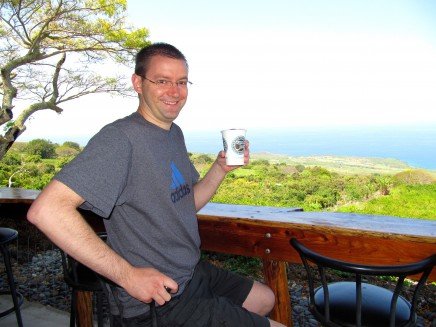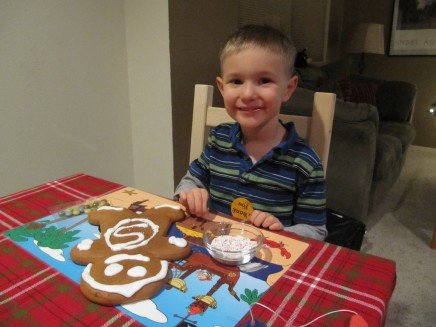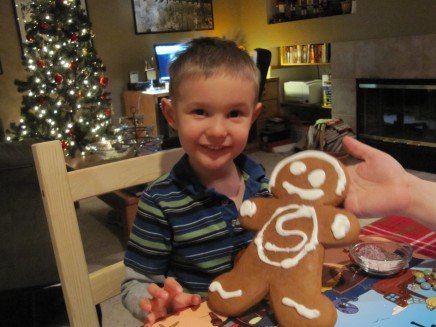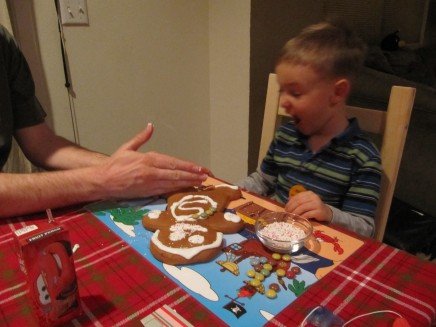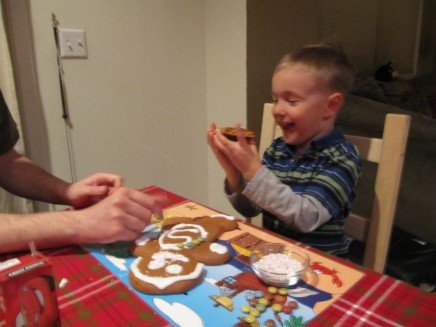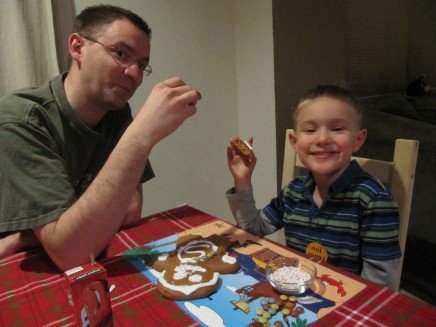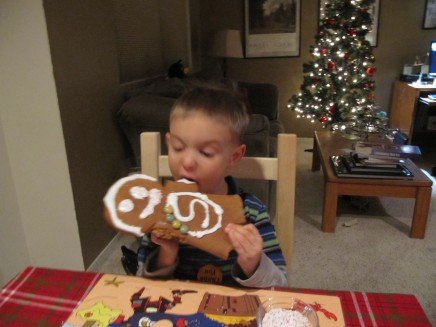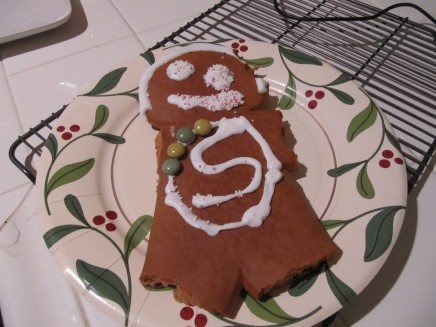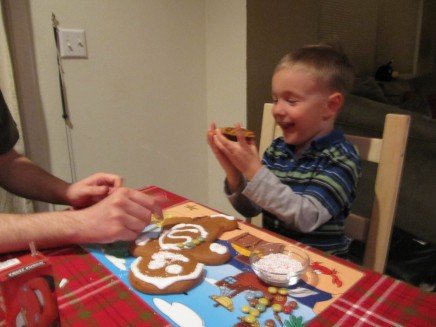How a small pushcart business became one of America’s most beloved coffee chains
If you ever get the chance to visit Dutch Bros Coffee, don’t pass it up. What began as a humble pushcart operation in 1992 has evolved into one of America’s most beloved drive-through coffee chains with a fiercely loyal following. My personal favorite is “The Kicker” – a delicious breve (espresso with half-and-half) infused with Irish cream syrup that delivers exactly the kick its name promises. Trust me, it’s some seriously good stuff that will have you coming back for more.
From Dairy Farm to Coffee Empire
Dutch Bros’ story begins with brothers Travis and Dane Boersma, who were looking for a new direction after three generations in the dairy business. In 1992, with an initial investment of $12,000, they purchased an espresso machine, 100 pounds of coffee beans, and set up a pushcart in downtown Grants Pass, Oregon. Within six months, they were making $200 a day – quite the improvement over their 2 a.m. dairy farm milking schedule!
What started as a single coffee cart has grown to more than 1,000 locations across 18 states as of early 2025. The company plans to reach 2,000 locations by 2029 and as many as 4,000 by 2040. In 2024 alone, Dutch Bros generated an impressive $1.3 billion in revenue.
The Boersma brothers built their business on three core values: speed, quality, and service – with an emphasis on creating genuine connections with customers. This commitment to community and quality has helped Dutch Bros stand out in the competitive coffee market.
The Kicker: My Go-To Dutch Bros Drink
“The Kicker” is my personal favorite on the Dutch Bros menu. This classic drink features a bold espresso combined with half-and-half (creating what’s known as a breve) and Irish cream syrup. The result is a smooth, creamy coffee experience with just the right amount of sweetness and that signature Irish cream flavor.
Available hot, iced, or blended, The Kicker gives you the perfect energy boost to power through your day. While it might not be the chain’s most popular drink (that honor goes to the caramel and vanilla-infused Golden Eagle), it certainly deserves a spot in the Dutch Bros hall of fame.
Dutch Bros describes The Kicker as “a delightful breve with a blend of bold espresso, half and half and Irish cream syrup” that gives you “the kick you need to have an awesome day!” With a description like that, how could you resist trying one?
What Makes Dutch Bros Special
Dutch Bros stands out from other coffee chains in several meaningful ways:
- They roast their own beans – Dutch Bros imports green arabica coffee beans from Central and South America and roasts them at their own facilities in Oregon and Texas, ensuring quality control from bean to cup.
- Ethical sourcing – The company partners with Enveritas to verify their coffee is ethically and sustainably grown, and they provide health and educational services to coffee-growing communities through the Dutch Bros Foundation.
- No high fructose corn syrup – Dutch Bros uses only real cane sugar in their non-sugar-free flavorings, avoiding artificial sweeteners made from corn syrup.
- Employee culture – Employees (called “broistas”) receive excellent training, benefits, and growth opportunities. With educational stipends and clear advancement paths, it’s no wonder Dutch Bros enjoys strong employee loyalty.
- Community involvement – The company has a strong tradition of giving back, including their annual “Drink One for Dane” fundraiser supporting ALS research in honor of co-founder Dane Boersma, who passed away from the disease in 2009.
Dutch Bros currently operates on a unique business model. Since 2017, they no longer offer franchising opportunities to outside investors. Instead, only employees who’ve risen through the ranks to become regional operators can open and run new locations – ensuring the Dutch Bros culture remains intact as they expand.
Worth the Detour
Dutch Bros has grown from humble beginnings to become a coffee chain that inspires genuine passion in its customers. With their focus on quality ingredients, friendly service, and community involvement, it’s easy to see why they’ve been so successful.
If you spot a Dutch Bros drive-through on your travels, do yourself a favor and stop by. Whether you try my recommendation of The Kicker or opt for their most popular Golden Eagle, you’re in for a treat that goes beyond just good coffee – you’re experiencing a piece of Pacific Northwest coffee culture that’s spreading its positive energy across America, one cup at a time.
Join the Conversation
Have you tried Dutch Bros Coffee? What’s your favorite drink on their menu? Share your recommendations in the comments below!
